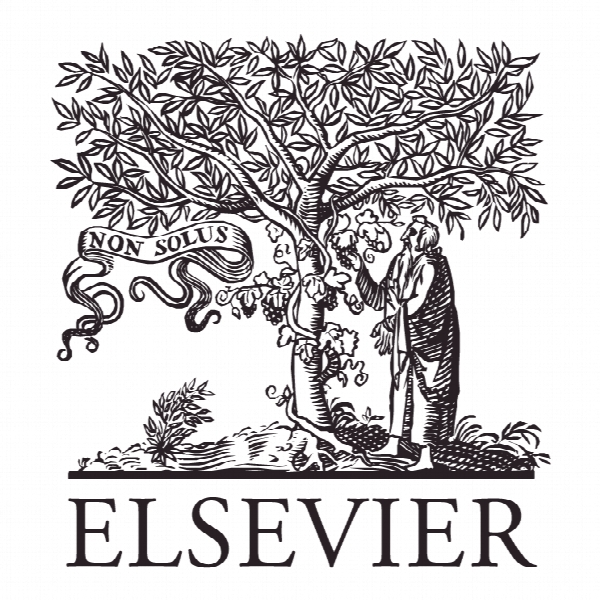مشارکت خرید در پروژه های توسعه محصول جدید نامطمئن از لحاظ فنی: چالش ها و پیامدها Purchasing involvement in technologically uncertain new product development projects: Challenges and implications
- نوع فایل : کتاب
- زبان : انگلیسی
- ناشر : Elsevier
- چاپ و سال / کشور: 2018
توضیحات
رشته های مرتبط مدیریت
گرایش های مرتبط مدیریت صنعتی
مجله مدیریت خرید و تامین – Journal of Purchasing and Supply Management
دانشگاه University of Southern Denmark – Universitetsparken – Denmark
منتشر شده در نشریه الزویر
کلمات کلیدی انگلیسی Purchasing, Sourcing, New product development, Innovation, Case study
گرایش های مرتبط مدیریت صنعتی
مجله مدیریت خرید و تامین – Journal of Purchasing and Supply Management
دانشگاه University of Southern Denmark – Universitetsparken – Denmark
منتشر شده در نشریه الزویر
کلمات کلیدی انگلیسی Purchasing, Sourcing, New product development, Innovation, Case study
Description
1. Introduction The literature on Early Supplier Involvement (ESI) in New Product Development (NPD) is now well established. Most of this research argues that early and close collaboration with key suppliers are important factors in achieving reduced development cost, reduced time to market, and improved product quality. However, emerging research suggests that high technological uncertainty or newness (e.g. McDermott and Handfield, 2000; Primo and Amundson, 2002; Ragatz et al., 2002; Song and Di Benedetto, 2008; Cousins et al., 2011) call for a different way of engaging with suppliers. One implication is that technological uncertainty implies application, and therefore often sourcing, of new technology, possibly from a supplier in a different supply market. This has led some authors (e.g. Bessant et al., 2005; Phillips et al., 2006) to suggest that conditions of technological uncertainty render long-term stable supplier partnerships obsolete and instead require new relationships (Beckman et al., 2004) or ‘supplier dalliances’ (Phillips et al., 2006). However, the empirical basis for this assertion remains limited and research is contradictory on the impact of technological uncertainty on ESI practices (Johnsen, 2009). ESI is clearly relevant to purchasing and supply management (hereafter just ‘purchasing’), as purchasing is a natural liaison to suppliers but it is traditionally Research & Development (R&D) and not purchasing that normally assume control of technology development and sourcing. However, some companies are beginning to realize that purchasing can play an important catalyst role in sourcing of new technology (Luzzini et al., 2015), yet this is not a role that naturally falls within the usual sphere of responsibility and competence of most purchasing departments: it requires a new ‘dual’ role of purchasing (Schiele, 2010). Likewise, the ESI literature is by no means the exclusive domain of purchasing. In fact, much of the ESI literature, especially papers focusing on conditions of technological uncertainty, is usually positioned in innovation or operations management journals (e.g. Primo and Amundson, 2002; Song and Di Benedetto, 2008; Cousins et al., 2011). From a purchasing research perspective, a pertinent question concerns if and how the role of purchasing in contributing to the management of ESI – and more widely supplier integration or collaboration in NPD and innovation projects – may need to change. The research by Wynstra and colleagues (Wynstra et al., 1999, 2003) made notable contributions to advancing our understanding of the various activities of purchasing involvement in NPD and concurrent research by Lakemond et al. (2001) focused on organizational challenges considering contextual factors such as project complexity, including technological newness. More recently, Schiele (2010) has rejuvenated this stream of research by exploring the notion of early purchasing involvement, or EPI, suggesting a dual role for purchasing depending on sourcing tasks. In sum, there appears to be a gap in current research regarding the nature of supplier involvement in NPD projects that are characterized by a high degree of technological uncertainty. Furthermore, there is a gap concerning how the role of purchasing may need to be adapted under such conditions. This paper therefore aims to explore how supplier involvement in NPD projects with a high degree of technological uncertainty impacts on a company’s sourcing strategies and the challenges this poses for purchasing.


